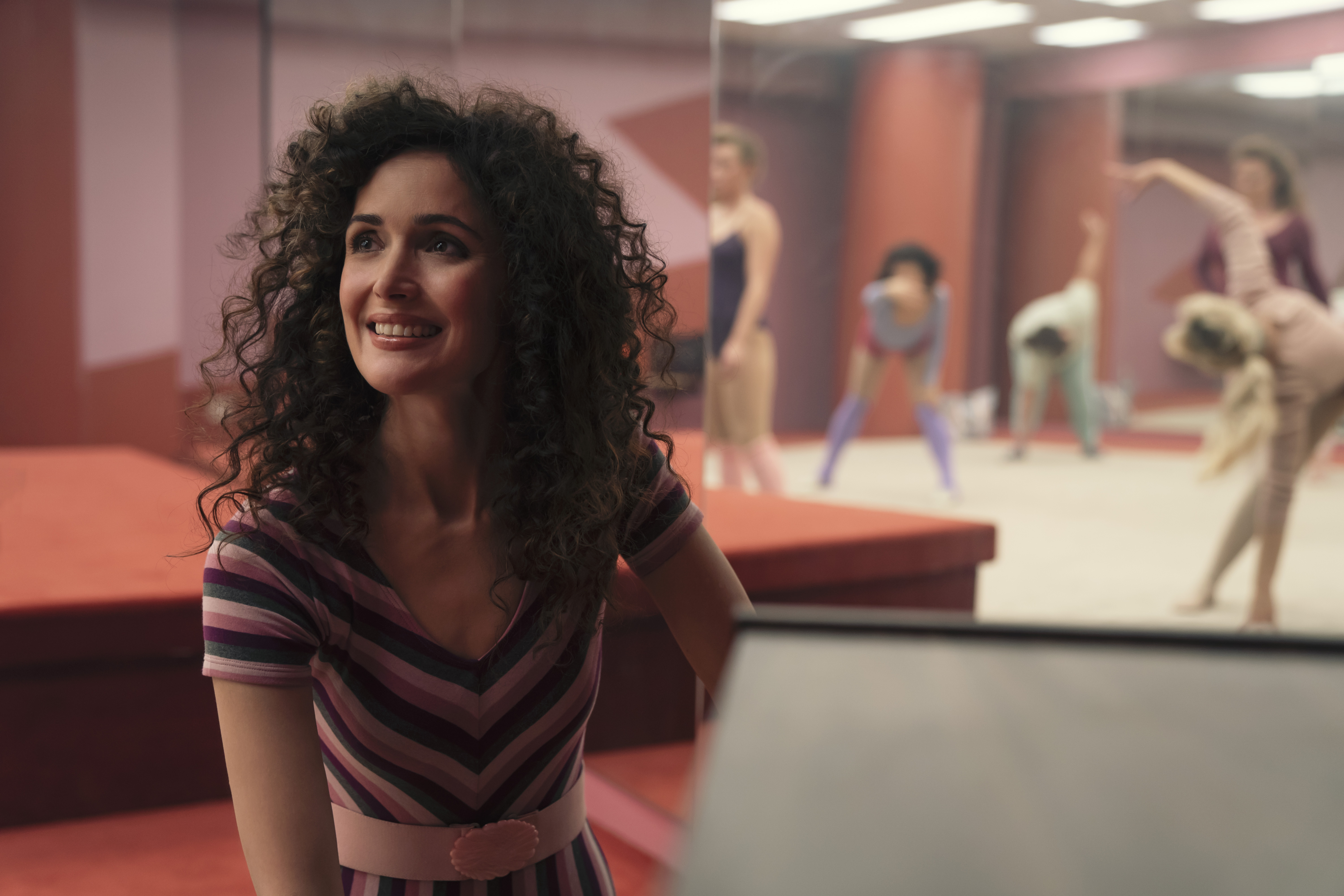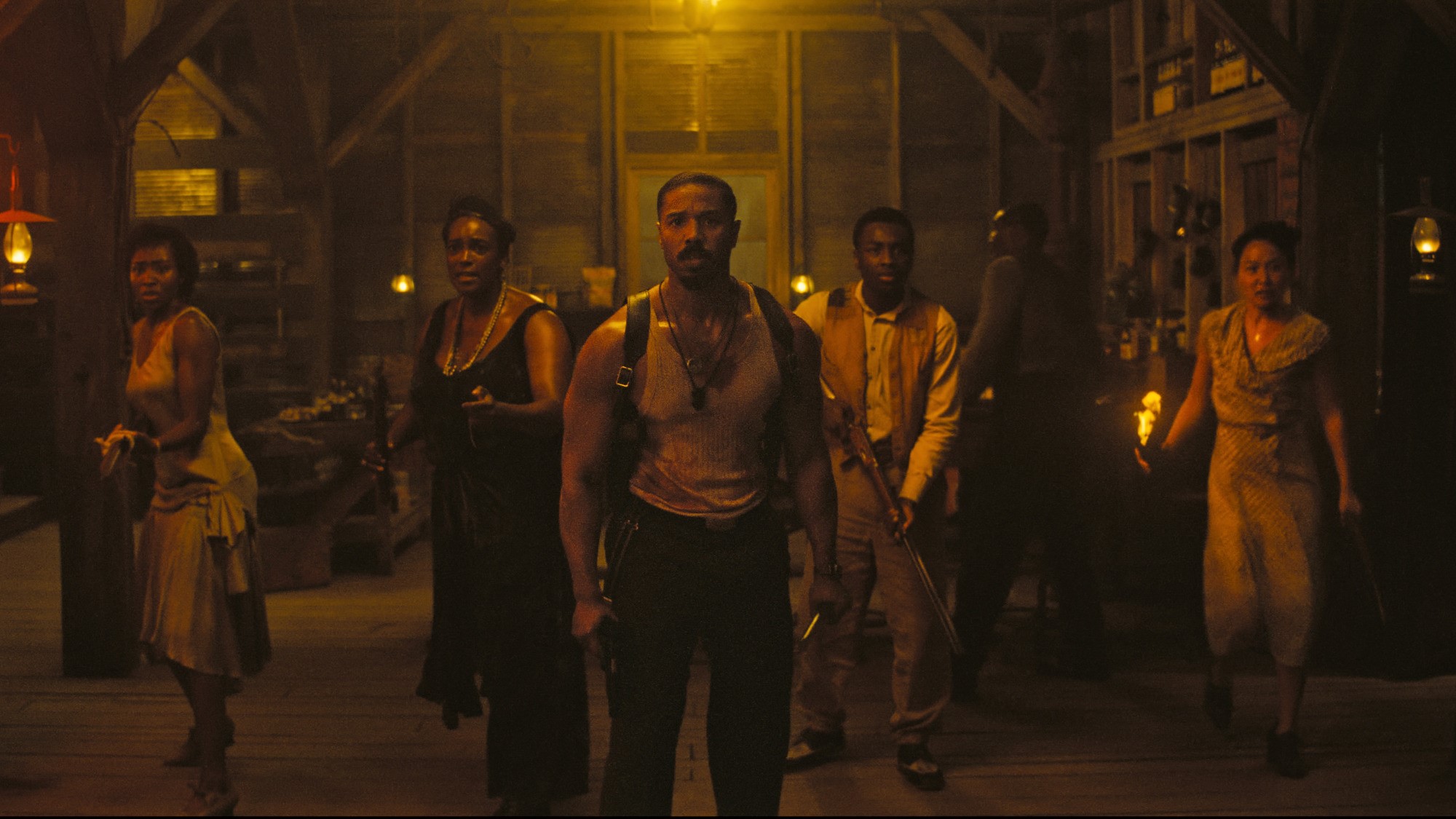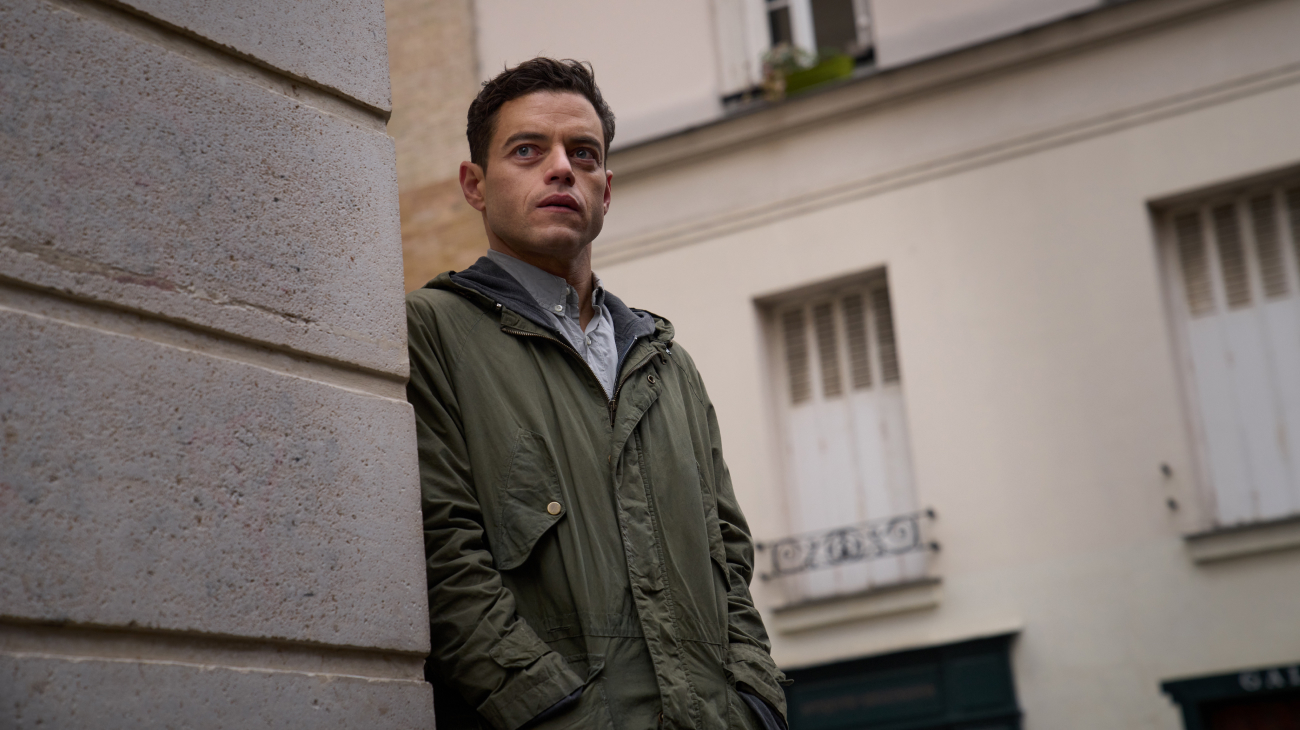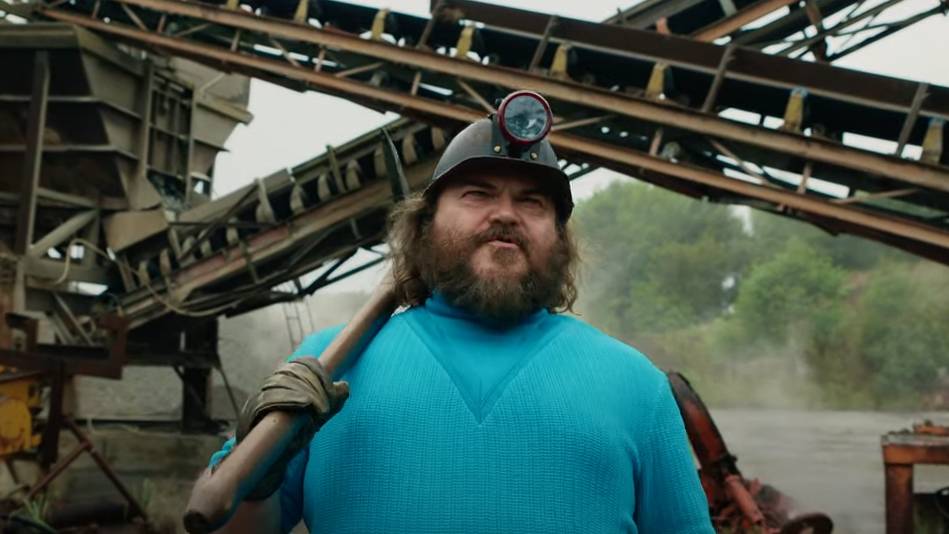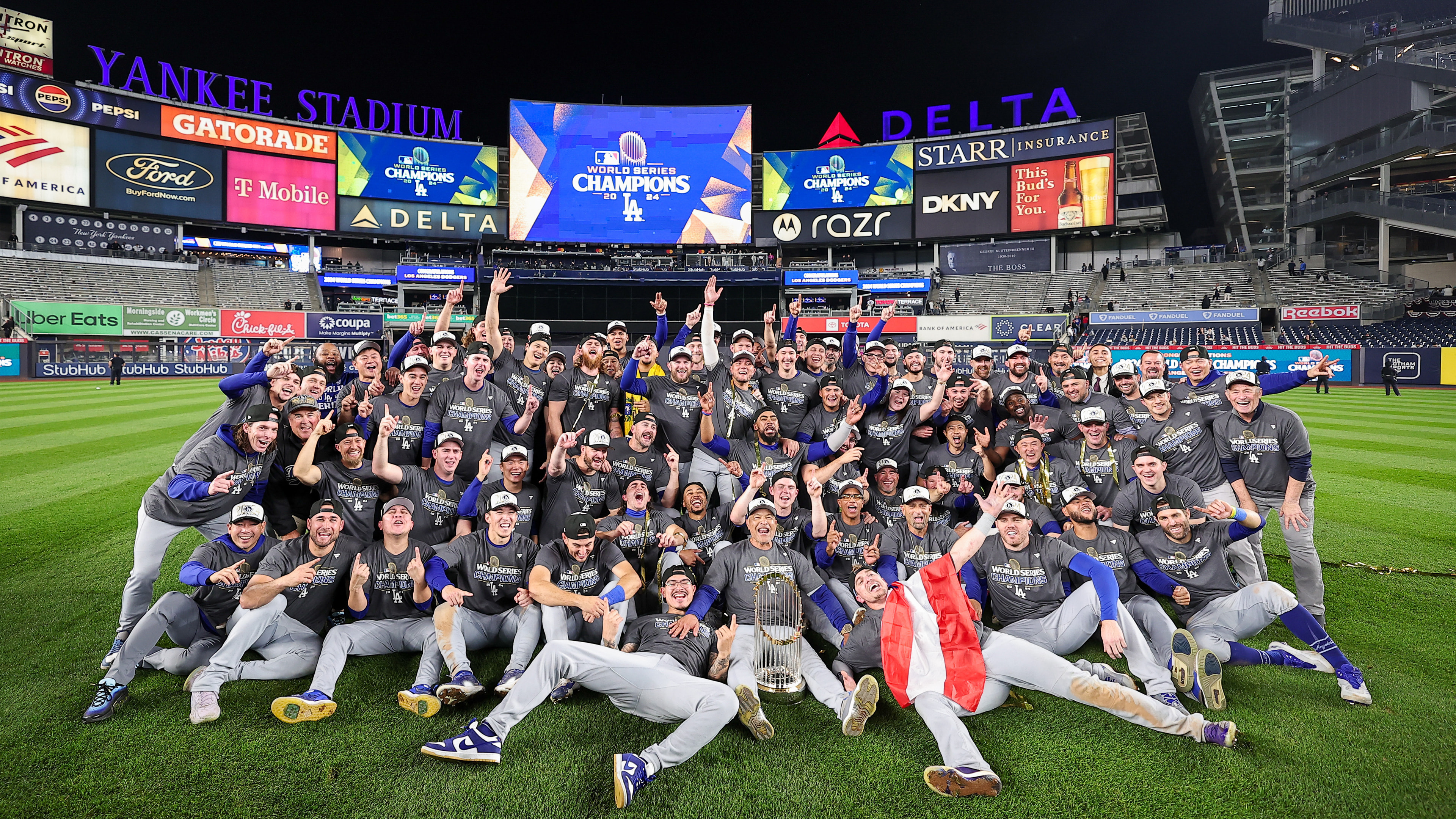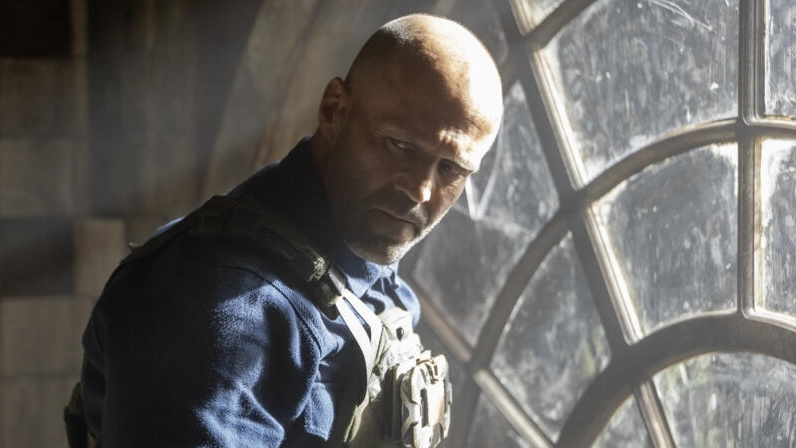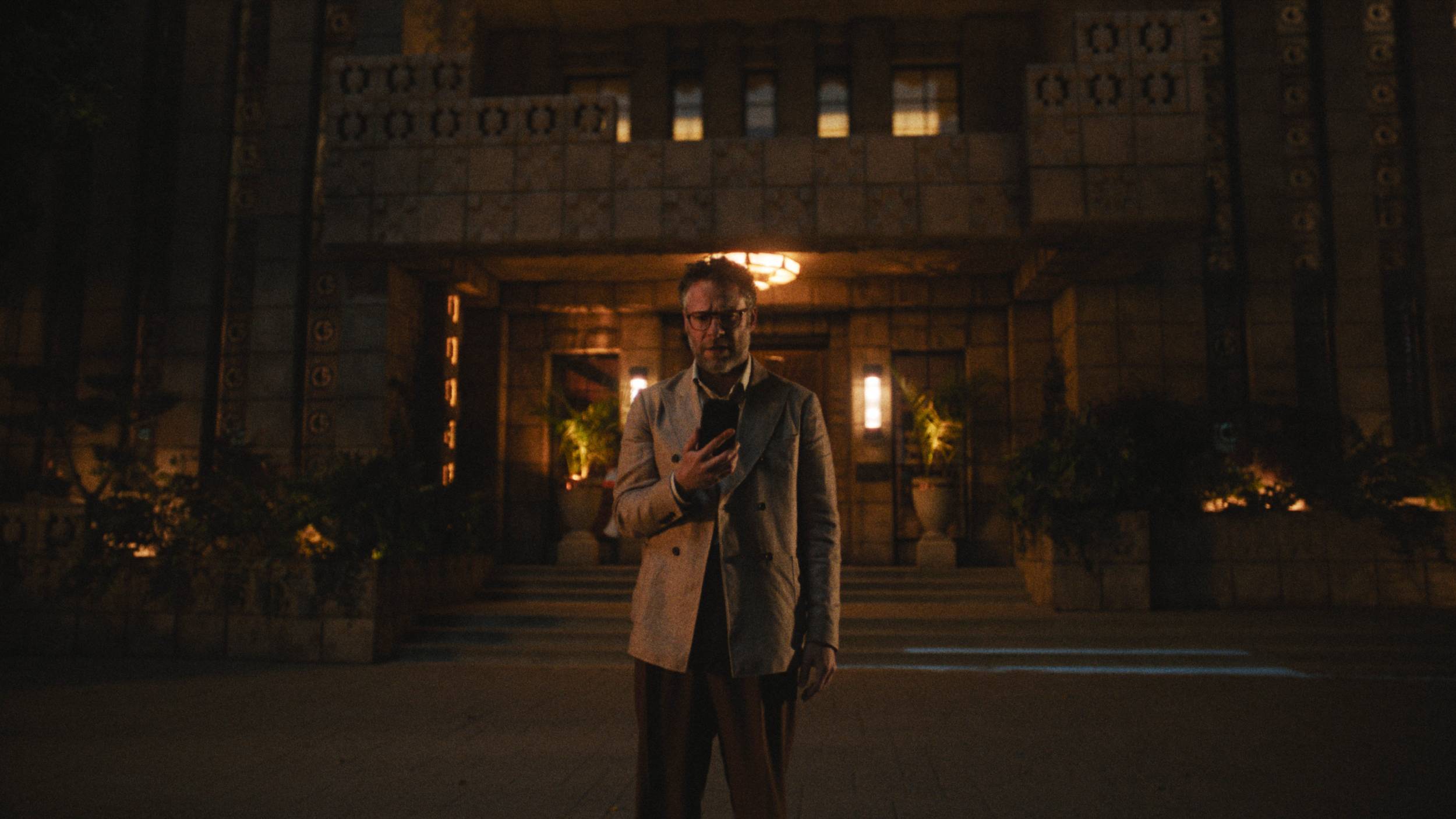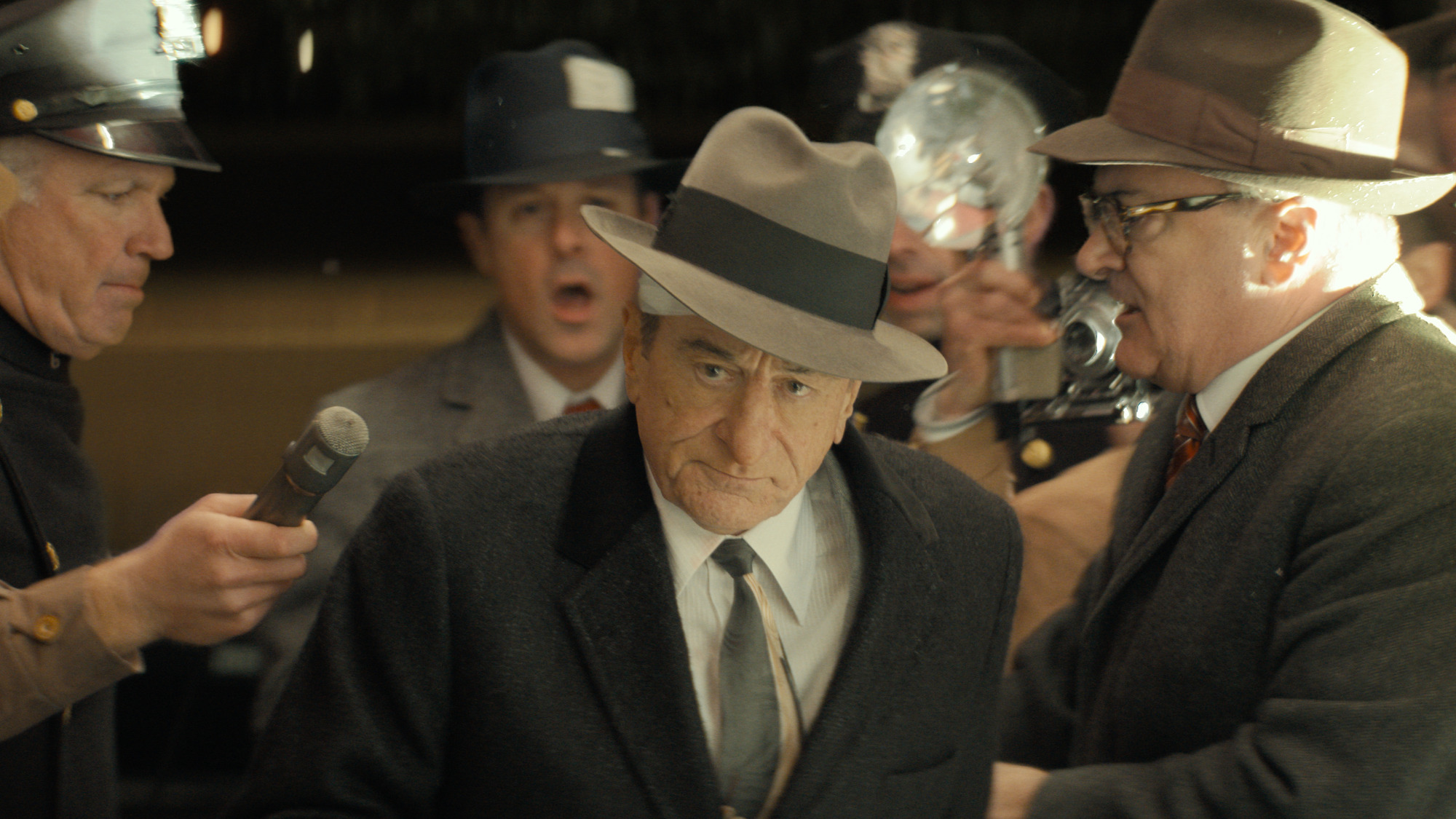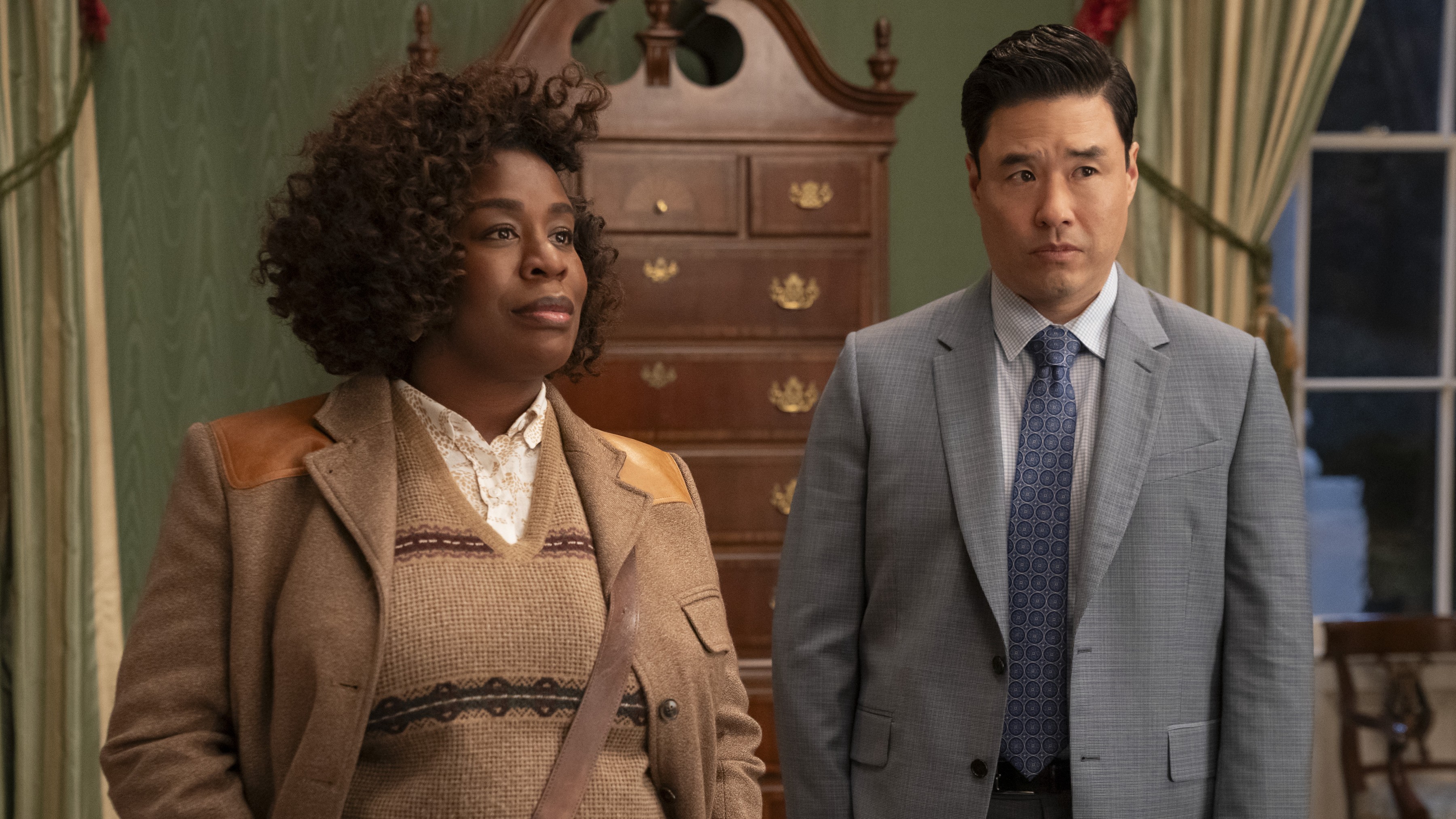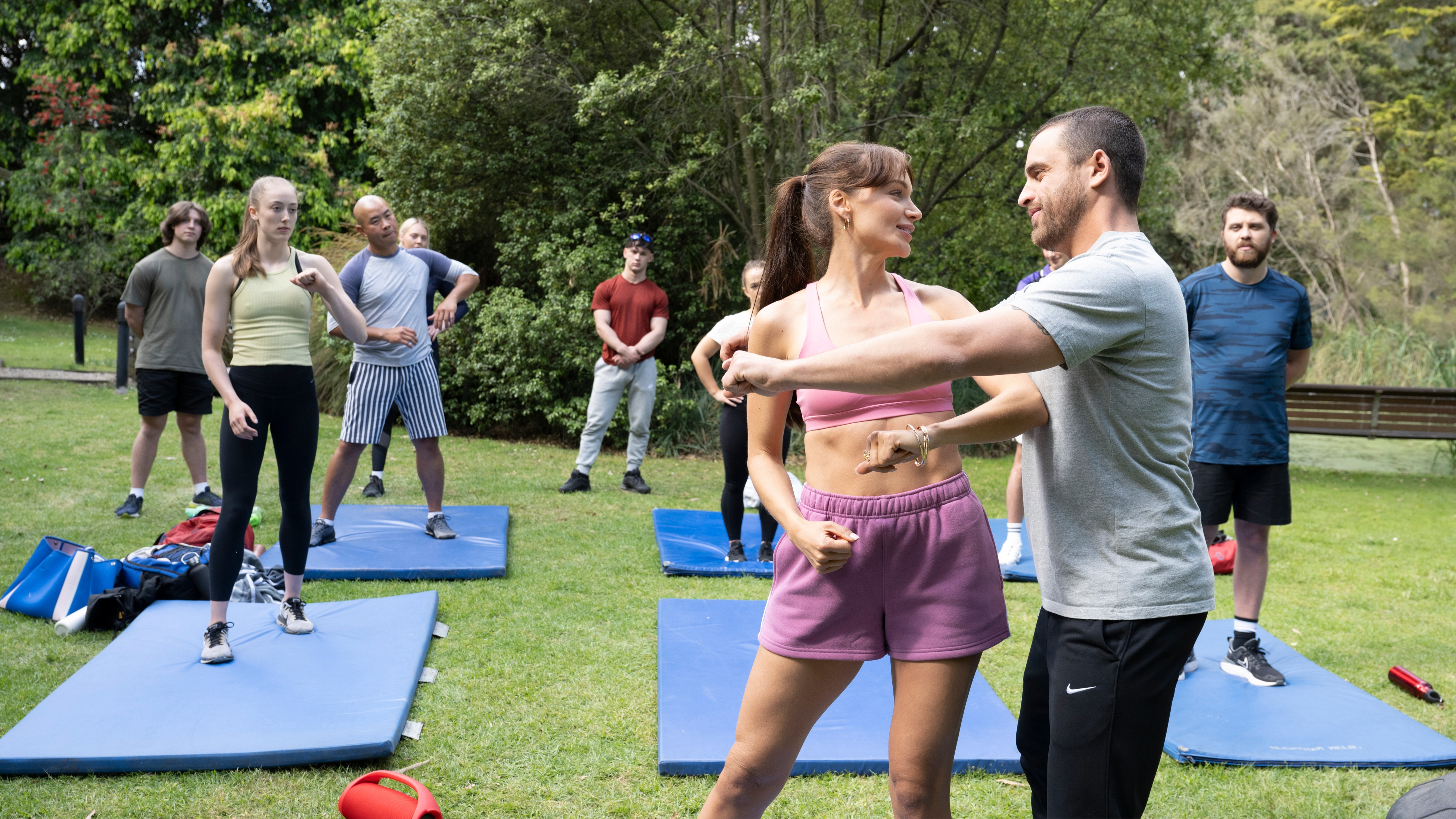What to Watch Verdict
'Physical' is a biting look at the American Dream and aerobics that has the right moves but struggles to find rhythm.
Pros
- +
💃🏻Rose Byrne deftly shows an ability to switch demeanor in an instant.
- +
💃🏻Aerobics instructor Bunny clearly has more to her than spandex.
- +
💃🏻Costumes by Kameron Lennox nail both the expected aerobics attire and Shelia's late '70s closet (it is only 1981).
- +
💃🏻An expansive array of themes that show promise.
Cons
- -
💃🏻The inner monologue is meant to be incredibly critical but the caustic tone is tiring at times.
- -
💃🏻The tone is jarring in places.
- -
💃🏻Everything set in 1986 might have some viewers longing to fast-forward to then.
This post contains spoilers for Physical's "Let's Do This Thing," "Let's Get Political," and Let's Get Down to Business."
How do you know when a contemporary TV show or movie is set in the 1980s? Leg warmers and Lycra are a repeat visual shorthand to an era that birthed the mega mall and aerobics craze. Wonder Woman 1984 and Stranger Things depict this activity to help illustrate the excess and bold fashion of the period via the background details. In American Horror Story: 1984, the group employed to work at the summer camp are connected through the classes that pay homage to the hip-thrusting prowess of Jamie Lee Curtis and John Travolta in the 1985 movie Perfect. It might feel read an easy or cliched way to signpost this decade, but it does reflect the dominant exercise trend (and fashion). With gyms closed during the pandemic, at-home workouts thrived and retro routines by Jane Fonda were revisited (among others). Now Apple TV+ is getting in on the moves that go hand-in-hand with permed hair and lurid colors. Rose Byrne stars as frustrated housewife Sheila Rubin in a dramedy from creator Annie Weisman that takes a pointed look at the American Dream, empowerment, and the pressures we put on ourselves.
Coincidentally, the opening scene is similar to how Hacks introduces stand-up legend Deborah Vance (Jean Smart), but instead of following Shelia after a workout performance, she is on her way to the set. Capturing the lead by evoking the iconic Martin Scorsese Goodfellas long take is an effective way of throwing the audience into the story and establishes the setting, and how the protagonist is viewed by those she encounters. Here we quickly learn that Shelia is at the top of her game and she has very little time (or niceties) for anyone. When the camera reveals her polished visage, the 1986 title card cuts back to 1981 and a more plunging jumpsuit “disco sex kitten” version of Shelia looks back at herself in the mirror. The anthemic “Straight On” by Heart that plays over the opening scene sets a high bar for the soundtrack, and in Shelia’s present day, Donovan’s “Hurdy Gurdy Man” reverberates through the wood panel house.
Rolling back the clock to reveal a character’s origins is far from a new storytelling technique and the Physical promotional campaign has juxtaposed the polished and bathed in a pink light version of this character with the woman looking unhappy at home. There is a chance that viewers will be coming into this series expecting something closer to GLOW (I’m still sad Netflix canceled this series after they began shooting Season 4), and while it does tick a few of the same boxes, the tone is very different. As with the Gorgeous Ladies of Wrestling, Sheila finds a new source of strength through a physical activity she can call her own, but the very nature of her very vocal inner critic pits Shelia against every woman she comes into contact with. Though no one is more of a disappointment than herself.
The other similarity is that much like Debbie “Liberty Belle” Eagan (Betty Gilpin), Shelia’s husband Danny (Rory Scovel) is oblivious and self-centered. He hasn’t slept with her best friend, but at this point, Shelia doesn’t appear to have any friends (best or not). Danny’s eye is most certainly wondering and our introduction to him involves asking Shelia to have a threesome with one of the students from the university he teaches at — he does clarify that Simone (Ashley Liao) isn’t in his class. Shelia reluctantly agrees, but after Simone has compared her to her mom, and then told Shelia that Danny is getting fired from his job the mood sours. Danny hasn’t hooked up with Simone by the end of Episode 3, but it will not be a surprise if it happens by the end of the season. Shelia plasters a forced happy smile on her face when playing host, but even if Simone is oblivious to the jealousy and disdain, moments of sabotage like adding spoon fulls of sugar to her coffee are hard to miss. When Simone makes a quip about most women not liking her, it is a familiar refrain and one that points to her youth (and how women are expected to act). Nevertheless, this baiting is as hard to swallow as Sheila’s sugary coffee.
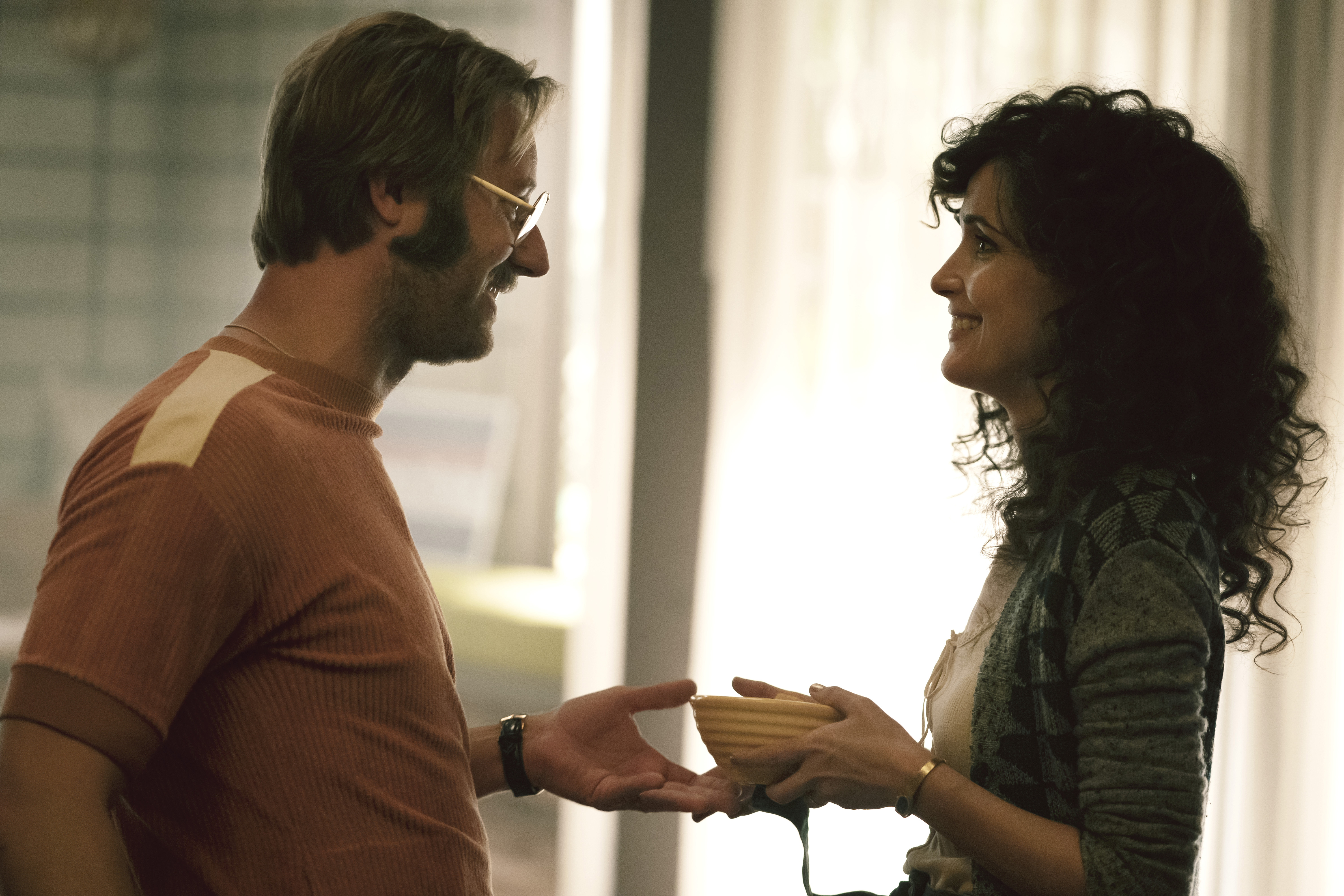
Likeability is one of those words that only seems to apply to women, so I am loathed to discuss this character in these terms. It is possible to be prickly and critical without pushing the audience away, however, in the moments that Sheila lets her guard down, the inner monologue is on hand to take an extra jab. It is in moments of vulnerability with Greta (Dierdre Friel) — a mother from her daughter’s pre-school — that Shelia’s inner saboteur is almost silenced. After reluctantly suggesting she come to the first aerobics class Shelia will be leading, she offers to give her private sessions at home to stave off the feeling of shame. Throughout her inner monologue, she has lamented Greta’s eating habits, back fat, and personality. Greta cannot believe that a woman like Sheila could ever feel this pathetic but at this point in the third episode “Let’s Get Down to Business,” we know this is far from the case.
Shelia’s caustic observations are leveled at every woman in her path and the only object of her intrigue and reverence is aerobics instructor Bunny (Della Saba). Driving around in a white Volkswagen Golf Cabriolet convertible, bottle blonde Bunny is a walking billboard for all of Sheila’s desires. At home, she is unfulfilled, and being a wife and mother has left her empty. In “Let’s Get Political” we find out that she was also an academic with dreams, but those days are long gone. Now she lives vicariously through her husband (and this mystery woman), and it is part of the reason why she encourages Danny runs for local office. This will give her life meaning and the focus of her rage is the Reagan-style mall developer John Breem (Paul Sparks). “You can’t stop progress,” he tells Sheila, and every word out of his mouth sounds like he is parroting the former Governor of California who just took up residence in the White House — starting in 1981 is not a random choice. But to enter a political campaign you need money, and Sheila has secretly been spending their savings.
Severe bulimia has depleted her account as she frequently withdraws $50 to spend on fast food and a motel room. The latter ensures privacy for the consumption and purging before she promises herself it will be the last time. The presentation of an eating disorder in this detailed manner is unlike anything I have seen on television before and creator Annie Weisman spoke to The New York Times about her own decades-long experience with bulimia, saying “The project is to really take it as seriously as a lot of cable shows take other addictions.” Because of this personal experience, those scenes do read as authentic and should also come with a trigger warning. Food is just one way Shelia berates the body she deems to be less than and it is only when she is in aerobics class that she can switch off the inner critic.
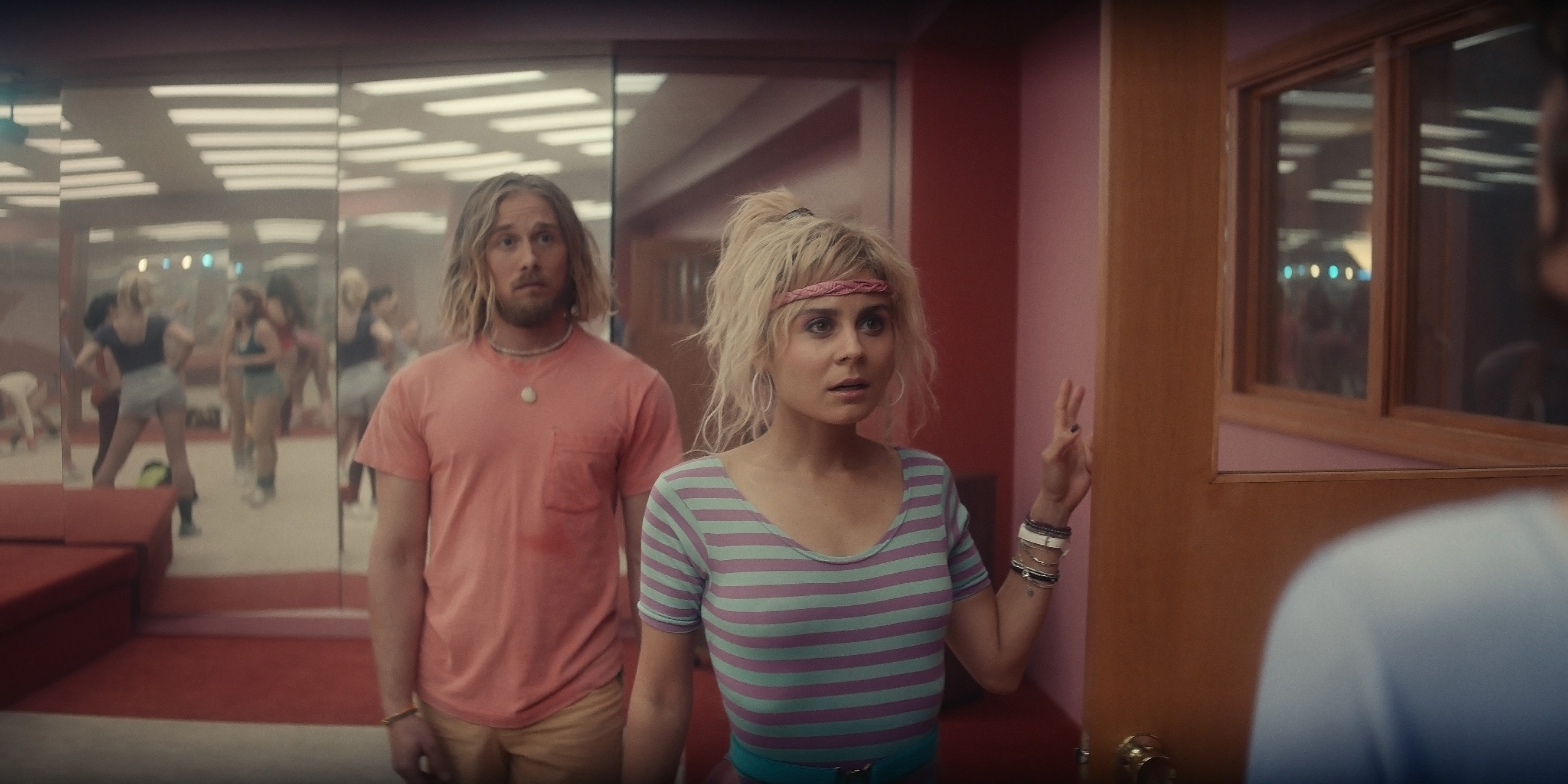
Surfing along with aerobics is a pivotal activity in this SoCal locale and when Danny is fired from his job, Sheila finds out that if John Breem is elected it will change the riptide. “Save Our Wave” is born and her ability to sell her husband as a candidate reveals she has a future in politics. She speaks fondly of an activism past and the tension between her desire to make a difference and embrace her newfound passion is where this show can thrive. “Only you have the power to change you,” is something she chants during the hypnotic aerobics session, and this mantra feels like a way to sell a product (as well as something she really believes in). This is the one time her inner monologue starts to seep in while she is exercising, and she temporarily banishes it. The American Dream and who gets to make money is the foundation of Sheila’s new business venture and after blackmailing Bunny, she comes crawling back for a slot teaching — Bunny reluctantly agrees but it is hard to buy she would allow Sheila back in her studio. Bunny’s boyfriend Tyler (Lou Taylor Pucci) is a filmmaker who specializes in surfing videos (and porn), and his role is currently undefined beyond Shelia promising him some work.
“Welcome to America, none of this is yours,” Bunny tells Sheila when she takes a 60 percent cut and she’s right — Sheila stole her old ballet teacher’s contacts and is using Bunny’s moves. Somehow, this will change and she will become the star of her own show. The shift in costumes from boho denim jumpsuits to a Vogue-ready body-suit is part of this journey and designer Kameron Lennox ensures that even though we start in 1981, the remnants of the previous decade and the life Sheila has been living are present.
There is a lot to cover before fame comes calling and the first three episodes suggest Weisman isn’t in a rush to get to this professional leap. After the first three episodes, this choice might not be a wise one as while Byrne is incredible at switching between Sheila’s fake housewife persona and the reality, five years is a long timeline to cover with this many pointed and harsh comments. There are definitely the pieces of a strong story but at the moment they are scattershot. “Clap, punch, kick,” Sheila intones, and hopefully the rest of the season can hit a stirring rhythm.
Emma Fraser spends most of her time writing about TV, fashion, and costume design; Dana Scully is the reason she loves a pantsuit. Words can also be found at Vulture, Elle, Primetimer, Collider, Little White Lies, Observer, and Girls on Tops. Emma has a Master’s in Film and Television, started a (defunct) blog that mainly focused on Mad Men in 2010, and has been getting paid to write about TV since 2015. It goes back way further as she got her big start making observations in her diary about My So-Called Life’s Angela Chase (and her style) at 14.
